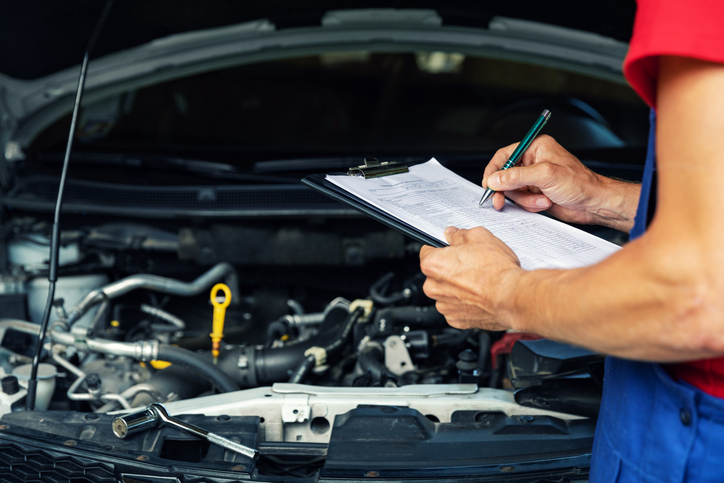
When something goes wrong in a vehicle, how is a driver alerted, and how do they know when it’s time to let a mechanic take over? On board diagnostics systems, or OBDs, are the computerized systems responsible for diagnosing a problem with a vehicle via scanning technology, whether it’s with the engine, the tire pressure, or a broken part. The difference between OBD and OBD II has to do with technological advancements in OBD technology and the standardization of diagnostic systems which has developed over time. As a mechanic, it’s important to be familiar with OBD technology and to know which kind of OBD you are dealing with in order to properly identify and ultimately resolve an issue with a vehicle.
A History of OBD for those in Auto Mechanic School
OBD technology was first introduced with the aim of focusing on a vehicle’s emission control systems. The first system of its kind was introduced by Volkswagen in 1968, and from then on, manufacturers began to develop their own systems with unique codes and connectors to identify problems. These systems were usually connected to the console of the vehicle to enable the processing and display of data, but the range of available diagnostic information typically varied. Those in auto mechanic school might be interested to know that it wasn’t until the 1990s that standardization of OBDs was achieved.

With standardization, OBD II was born, characterized by a standardized set of trouble codes for mechanics to refer to to diagnose a problem, transmitted through improved signalling and messaging technology. OBD II systems also have a common dashboard port through which devices can connect to a car’s computer system. Over the years, OBD II systems have improved, and now every car developed in the past 20 to 30 years will likely use a standardized OBD II system rather than earlier OBD technology.
What Does an OBD System Achieve?
An on board diagnostics system is an electronic system which uses a car’s electronic computer system in order to scan the vehicle for problems and perform self-diagnostics. A vehicle’s engine control unit produces the information used to diagnose issues with the vehicle. OBD II can provide information about the status of the engine and transmission, emission control systems, the chassis, the body of the vehicle, and more. If a problem arises, the OBD will produce a diagnostic trouble code. Graduates of mechanics schools can use a scanning tool to connect to the OBD port and interpret these codes in order to inspect vehicles and determine malfunctions. With OBD II systems, all trouble codes are standardized. If a mechanic is working with an original OBD system, the trouble codes could vary and a problem may be harder to diagnose, but it’s typically still possible to get an answer with a bit of digging.
Today in the modern age of infotainment and increasingly computerized vehicles, many vehicles are more reliant on software to diagnose problems. Today, some OBD scanners can be used for additional functions such as determining fuel economy or power output. These modern versions are still classified as OBD II systems, as the main difference lies in the standardization of diagnostic trouble codes. As a mechanic, you’ll be able to interpret a variety of trouble codes produced by the OBD system to determine the problem with a vehicle.
Are you interested in auto mechanic training in Ontario?
Check out CATI’s program options today.
